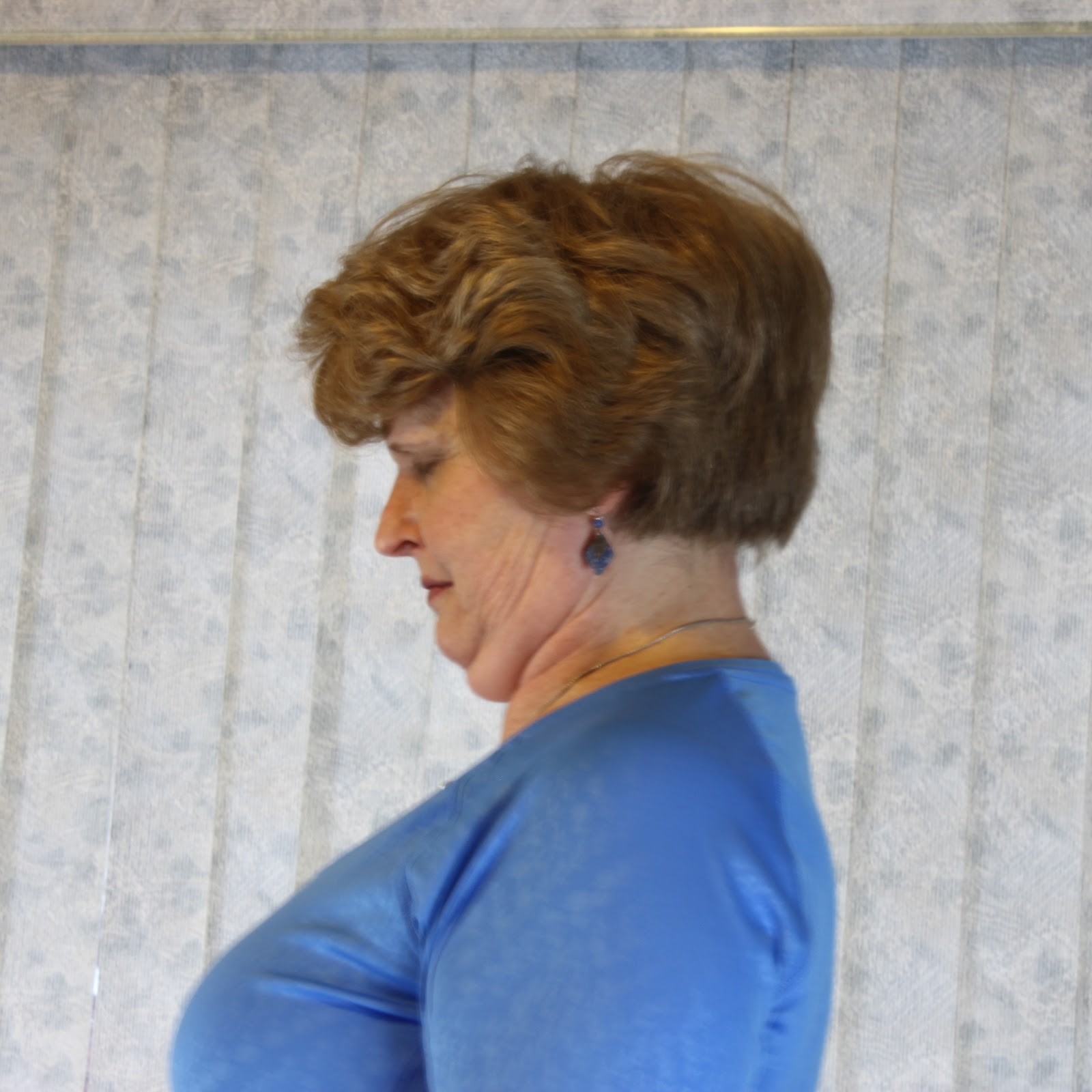Neck Pain Prevention
The neck is more than just something to hold the head up. In this relatively small area there are nerves, blood vessels, muscles, and bones. All of these allow our bodies to function to bring nourishment, oxygen, blood and allow for the communication of information from the brain to the body. If you position your neck poorly, it shifts the weight of your head forward or back. This causes more work for your back and shoulders. The best position is when your head feels like it is balanced right on top of the spine.

We are all aware we hold tension in the neck and how good it feels when someone rubs your neck. You may also have had the experience of having been worried or tense and noticing how your neck is stiff and your jaw is tight. We often unconsciously hold tension in the neck that is often associated with tight jaws and shoulders. This is an indication of how all these muscles work together: when you tighten one muscle, all the surrounding muscles and associated joints get tighter. This all changes the way you hold your head and body.
So, take a moment right now and just focus in on your neck. Do some simple movements and take note of how far you can move your neck. If your neck feels really tight it is safer to do movements laying on your back with your head supported by the floor so the weight of the head is not being supported by the neck. You may need to place a blanket under your head to keep your head from tilting in a way that squeezes the back of your neck and over-stretches the front of the neck.
Take time to notice what you are feeling at the end of your range of motion when you turn the head to the right, left, up, down and side to side. What is stopping you from moving further? It may be hard to tell right now but see if it is a pull of your neck, shoulders or a specific place on your neck. Chronically tight muscles will limit the range of motion not allowing your neck to get truly comfortable with more relaxed muscles. Doing these simple movements on a regular basis can start to improve the range of your movements.
Since the movement of the neck is associated with the movement of the jaw, shoulders and upper back, some of the most effective movement for improving the function of the neck is to include the arm and turning the head. This gets the muscles that influence the movement of the neck work with the neck.
Some points to remember:
- Never force your neck, particularly when looking up. Moving the head from the top of the neck is safer, particularly when you tilt your head up. This practice protects the vertebrae in the neck and prevents pinching the nerves.
- Keep the head balanced over the spine. Every inch your head moves forward it adds “weight” to the load on your spine. (Think about balancing a glass in the middle of a tray. It is easy to carry. Move the glass to the edge of the tray with your hand in the middle. The weight of the glass does not change but it displaces the weight and makes it more difficult to carry.)
- Gentle range of motion in the neck, shoulders and arms are really helpful. If you are holding the neck in one position for a long time, be sure to take a few breaks to stretch and move. That is how you can prevent the muscles getting “stuck” in a less than comfortable position. Each time you adjust your neck you are re-establishing a good alignment.
Recent blog posts
Discovery
DiscoveryThink of your life as a path of discovery. Even challenging...
One mindful step forward at a time will get you where you are going.
One mindful step forward at a time will get you where you are going. How...
Comfort in times of uncertainty
Comfort in times of uncertainty The current times get me feeling hopeless...


